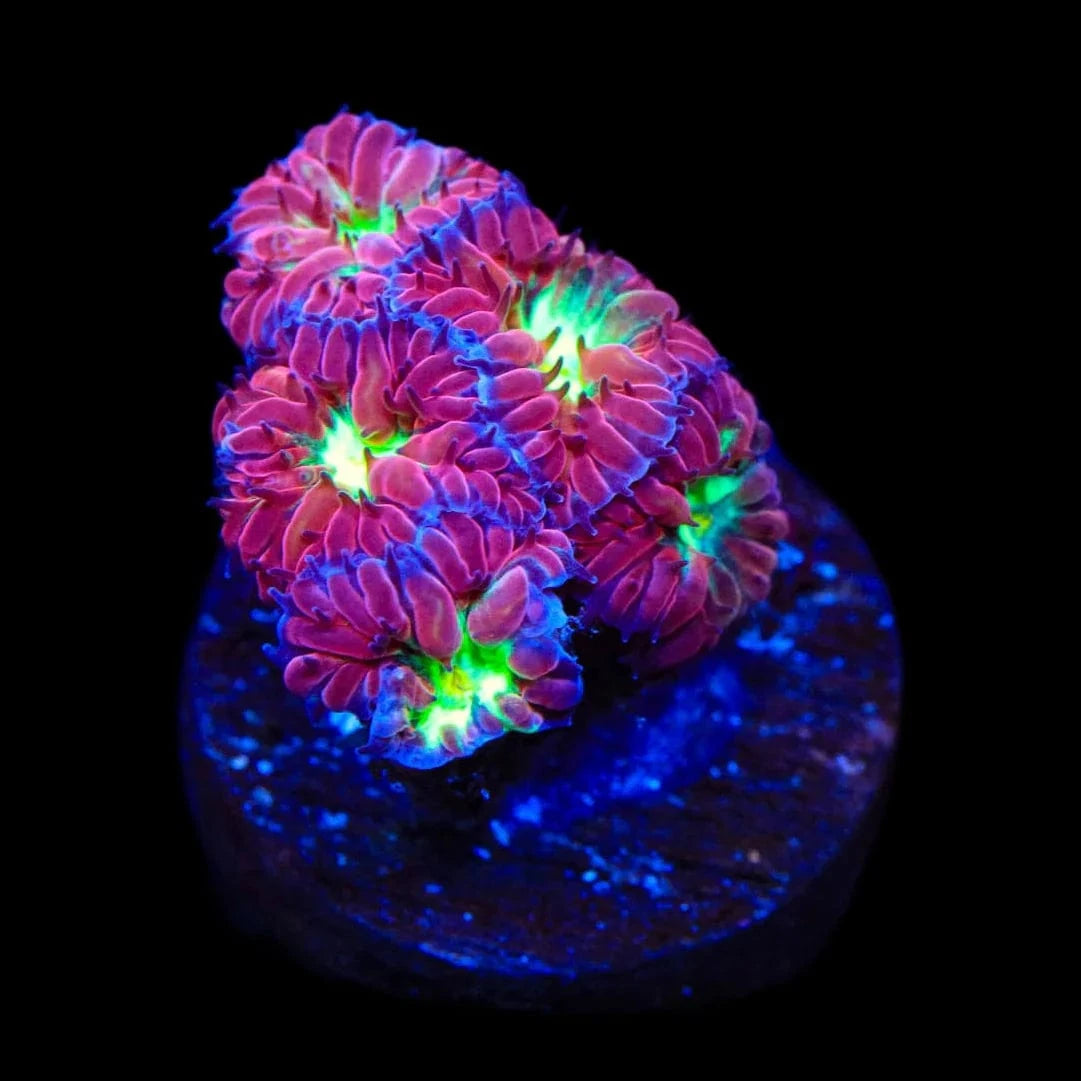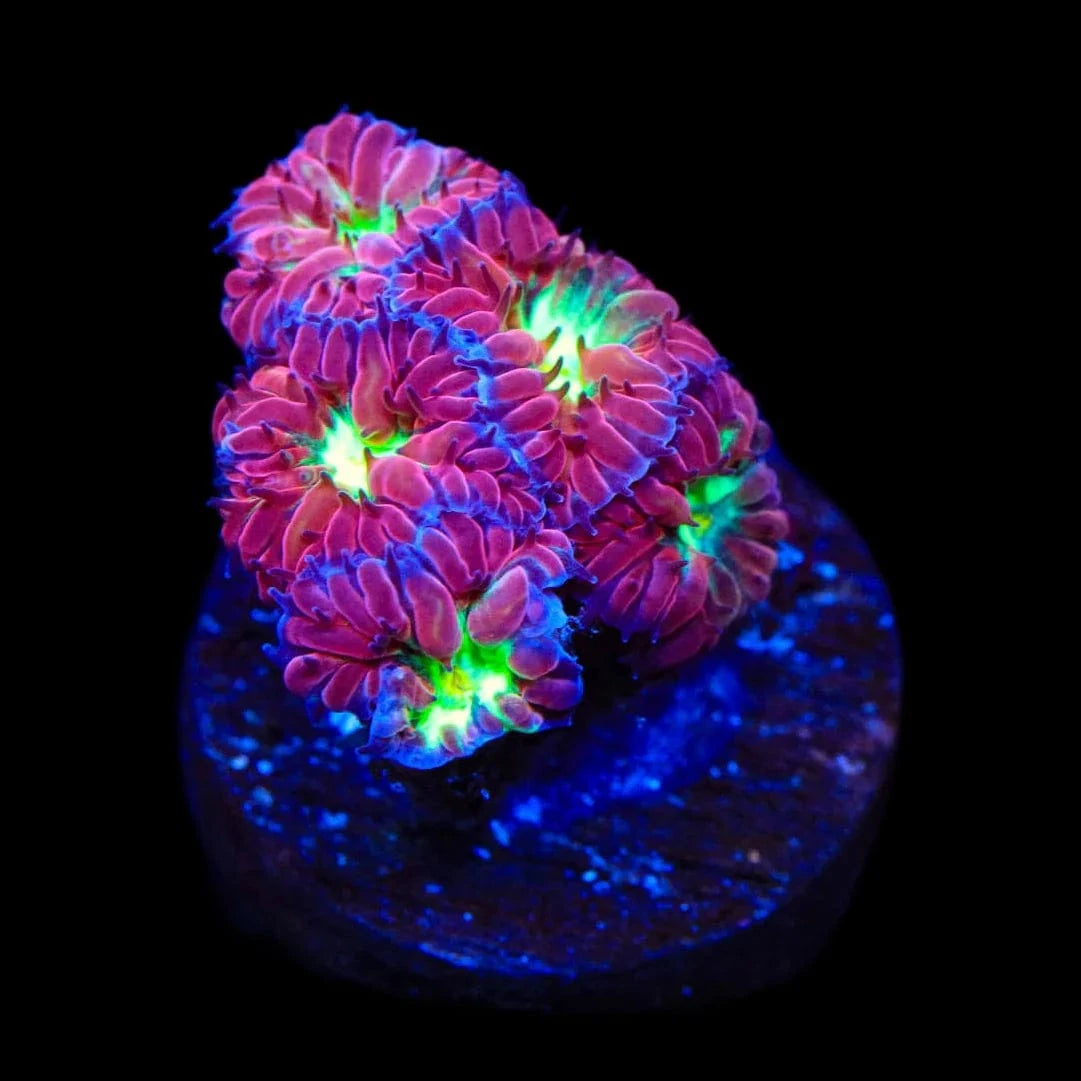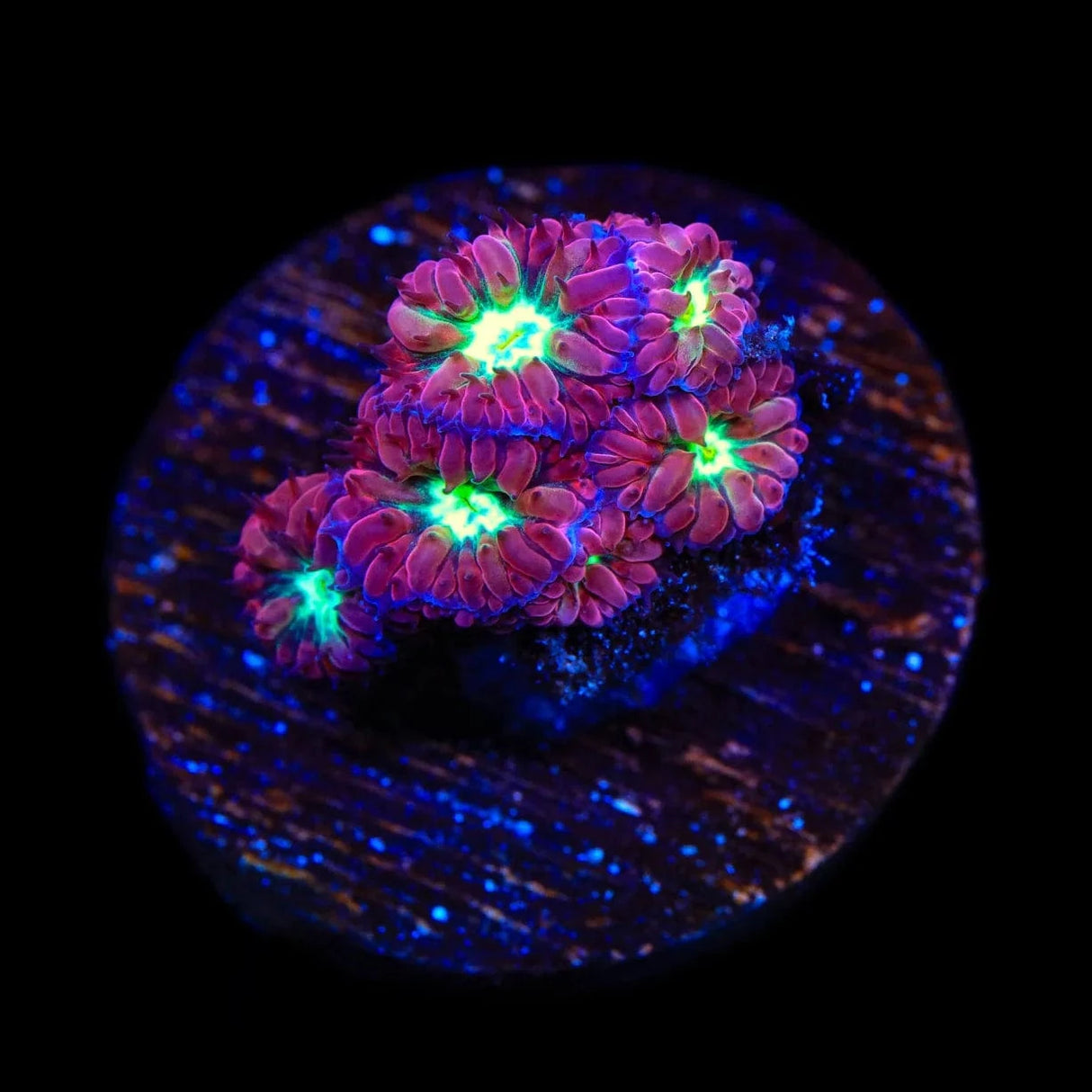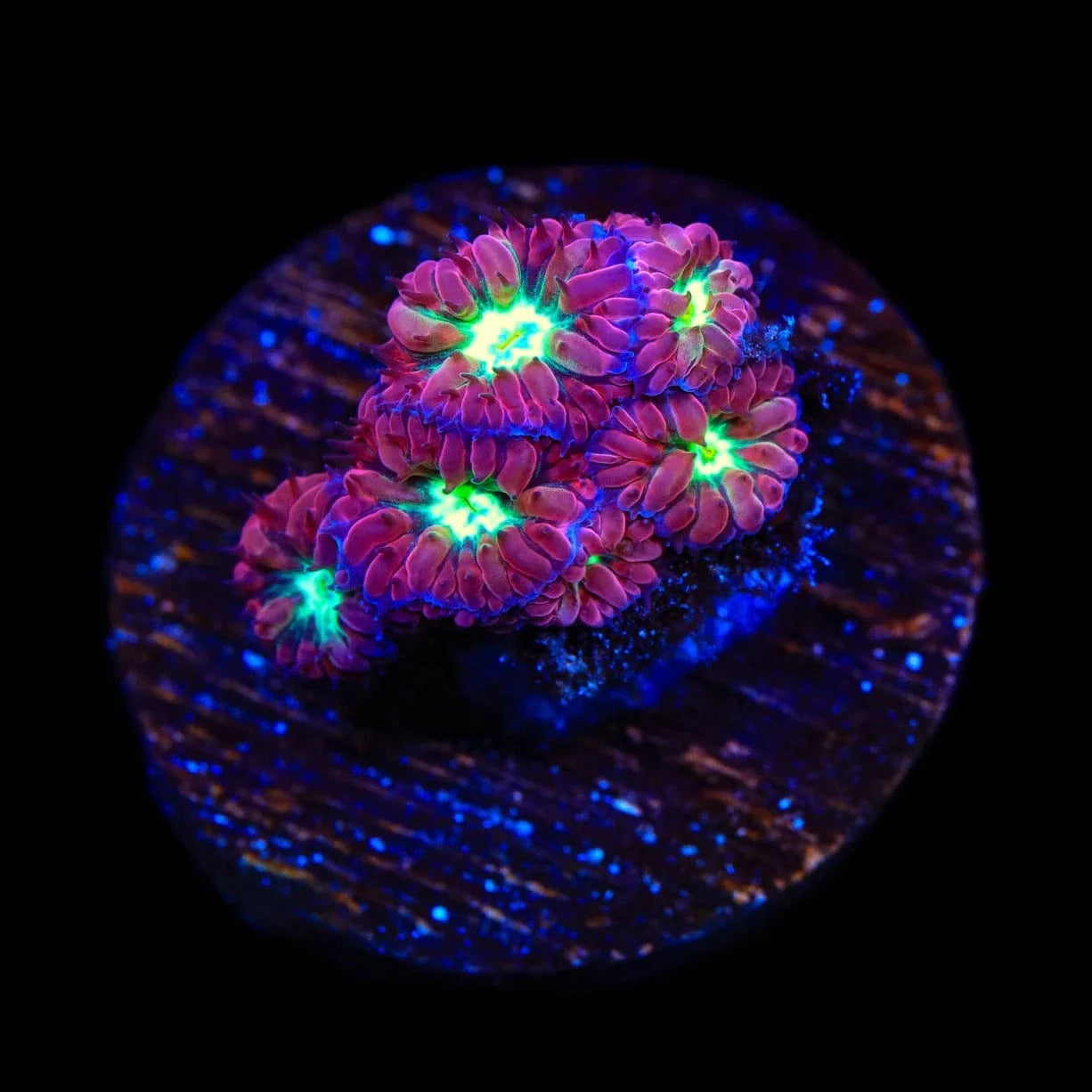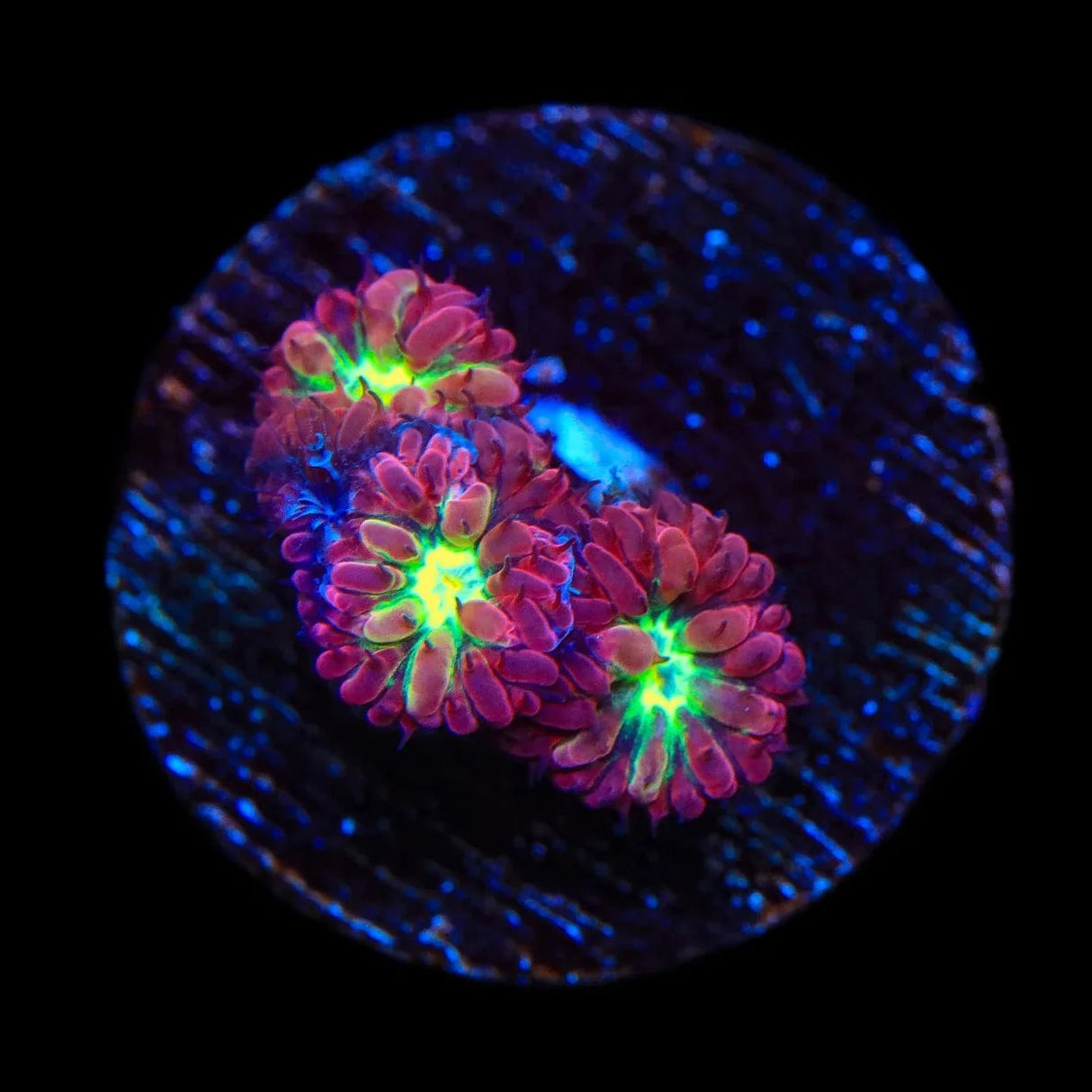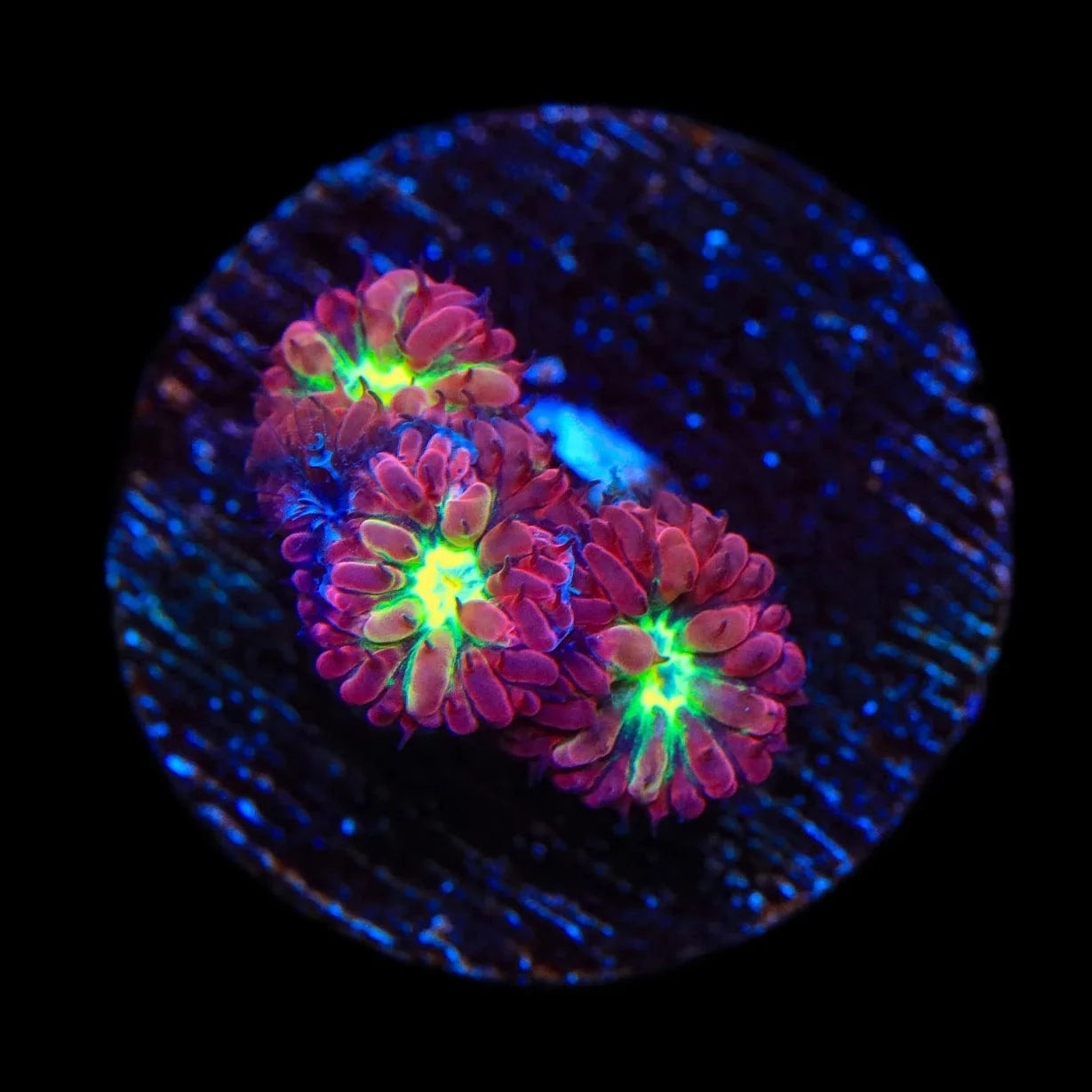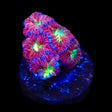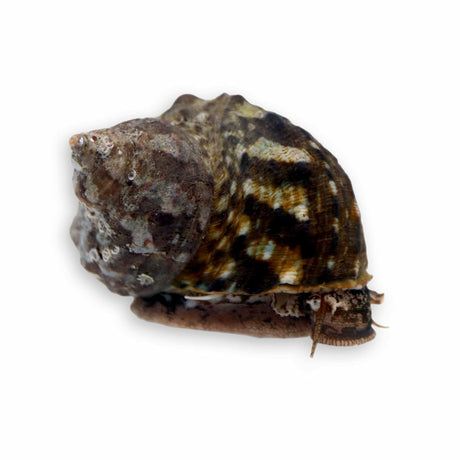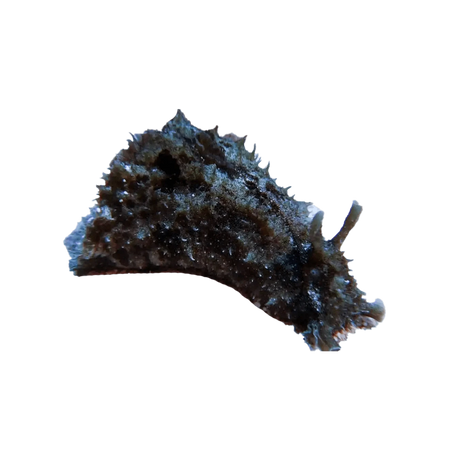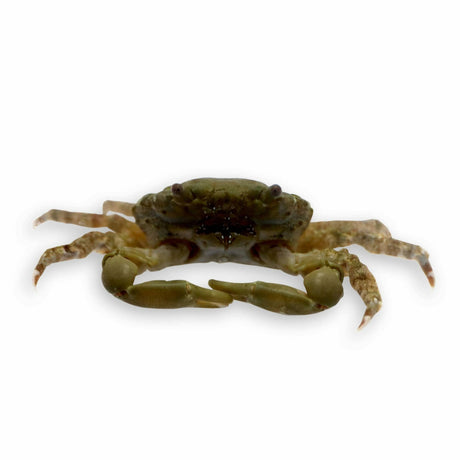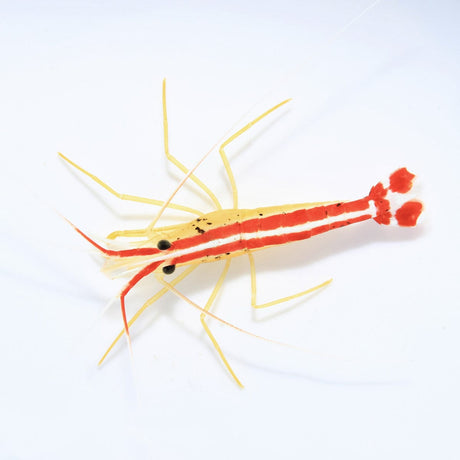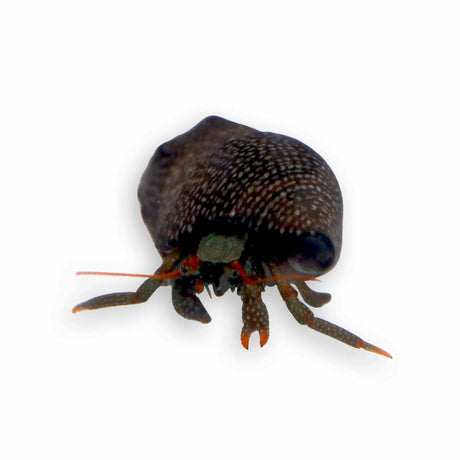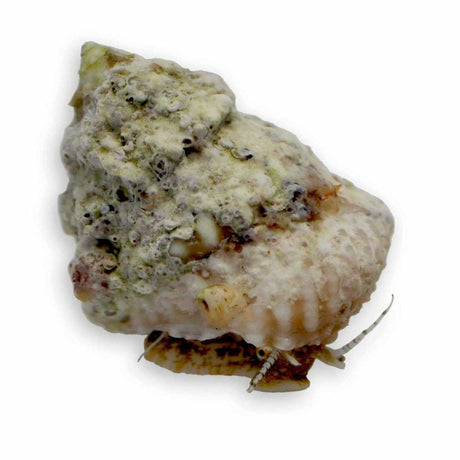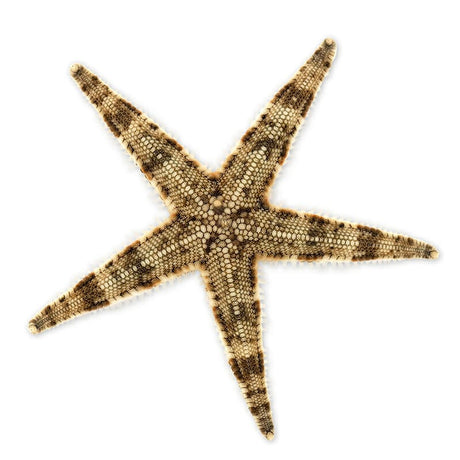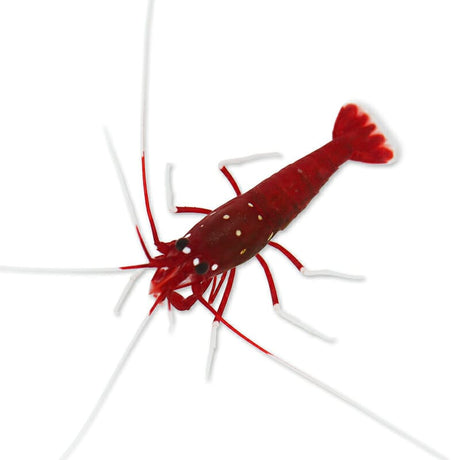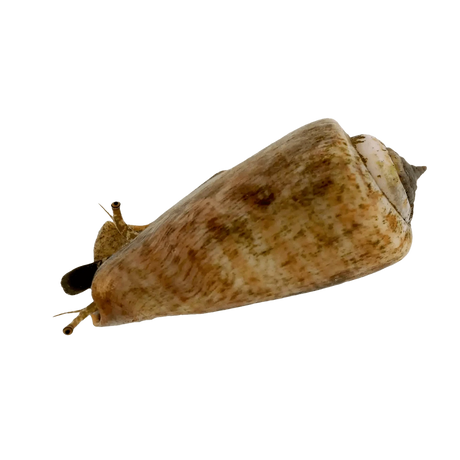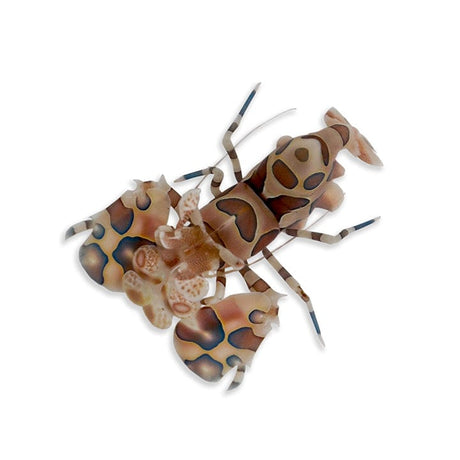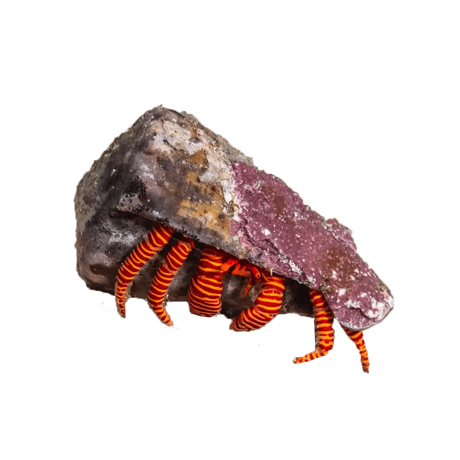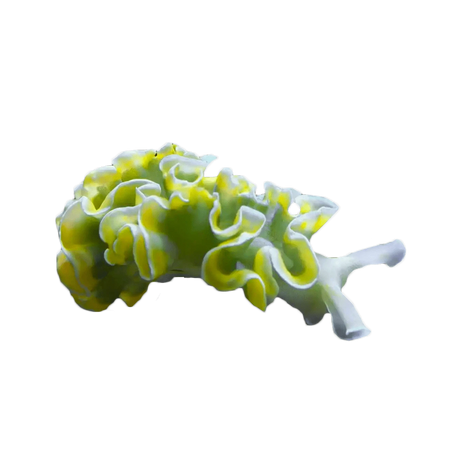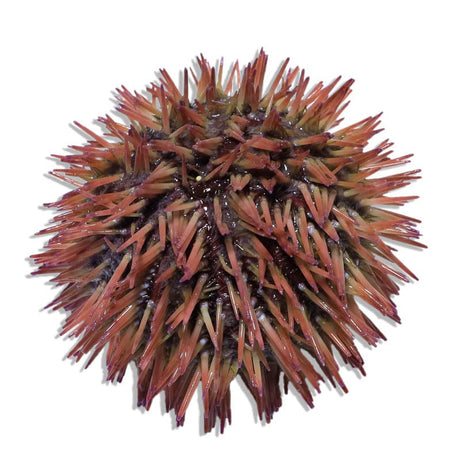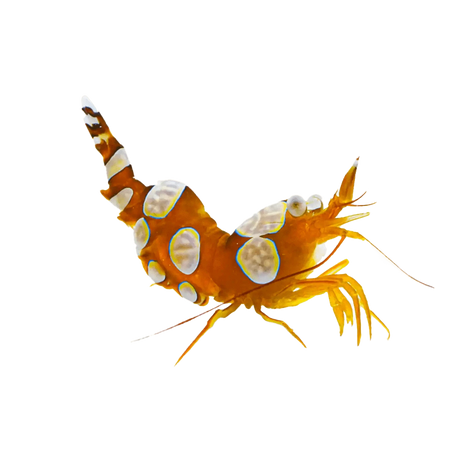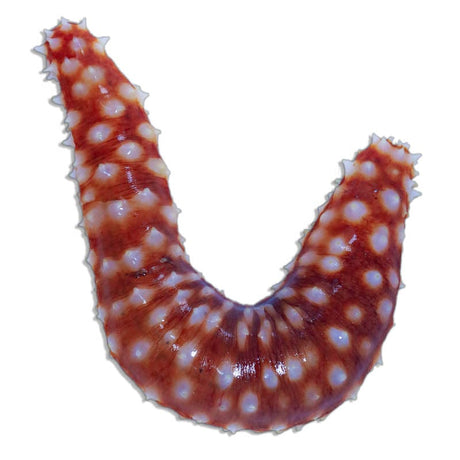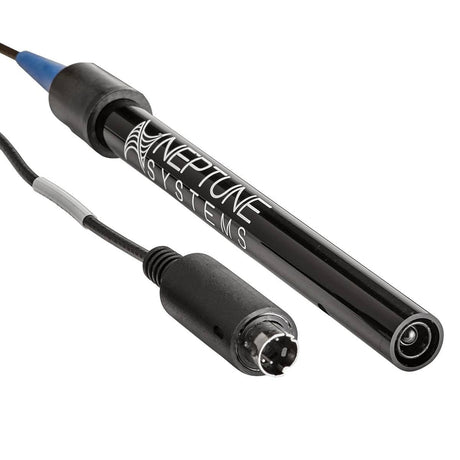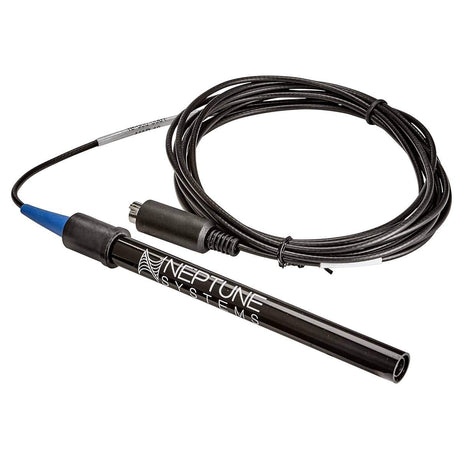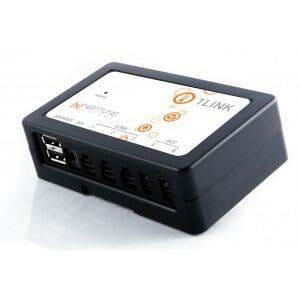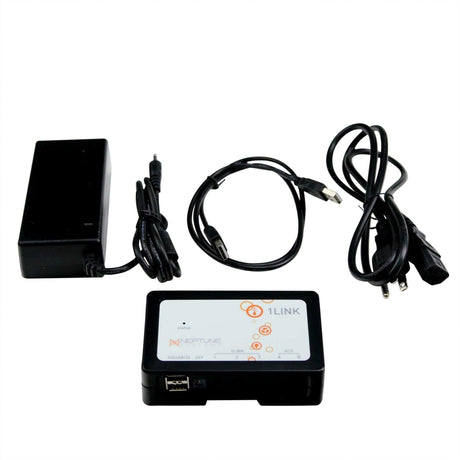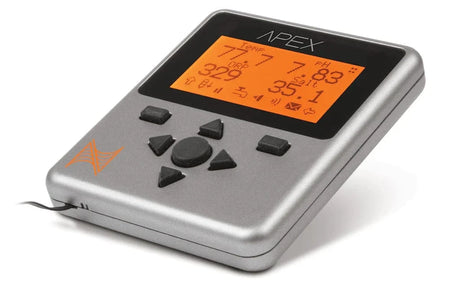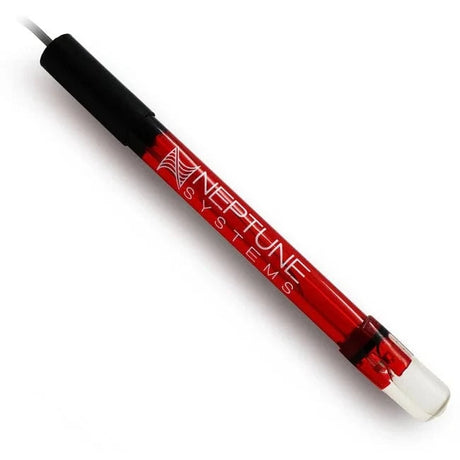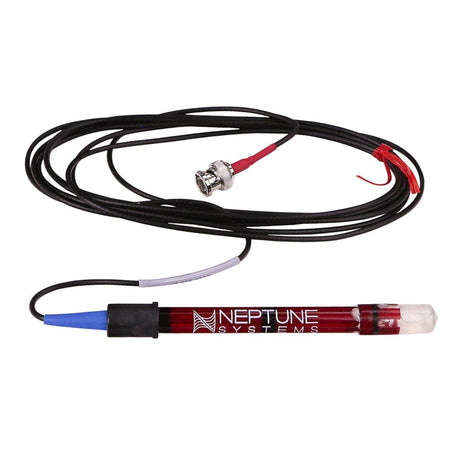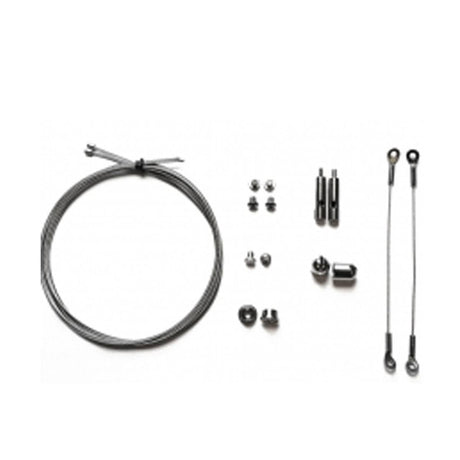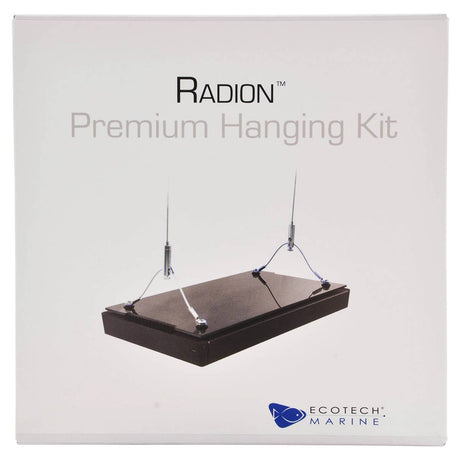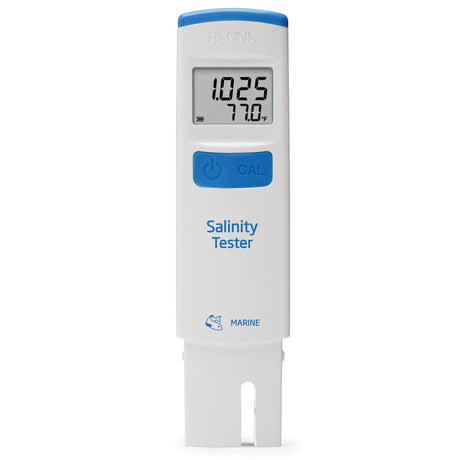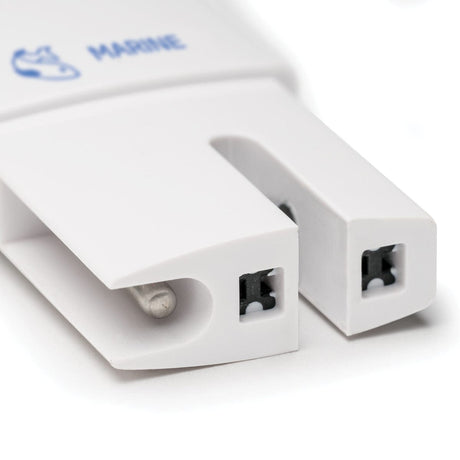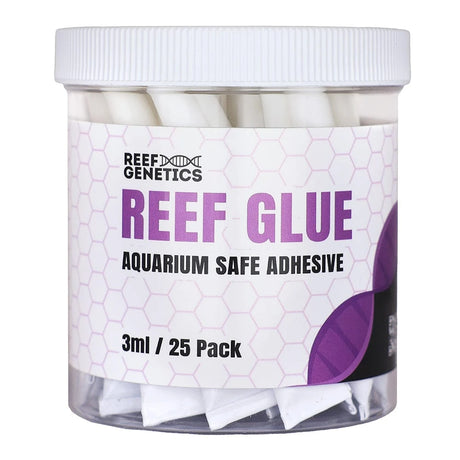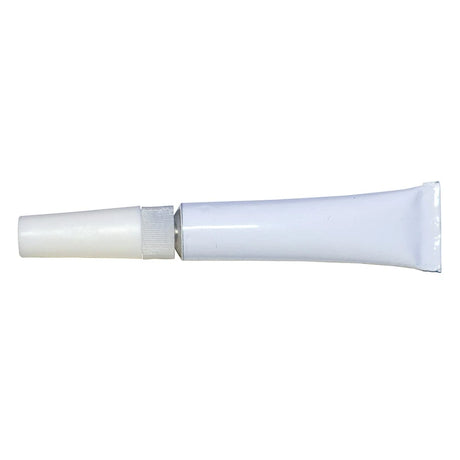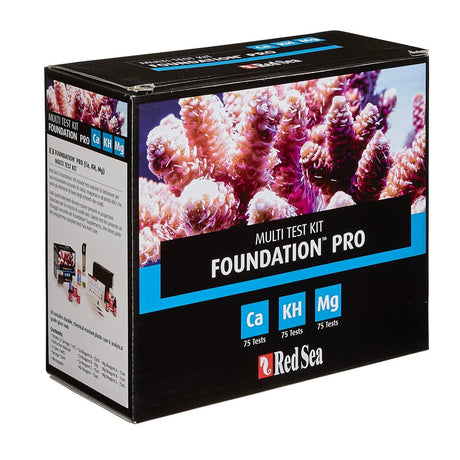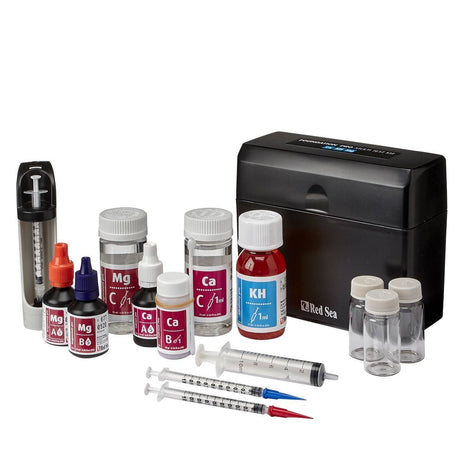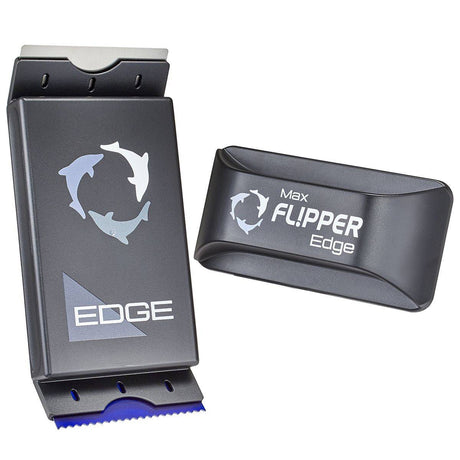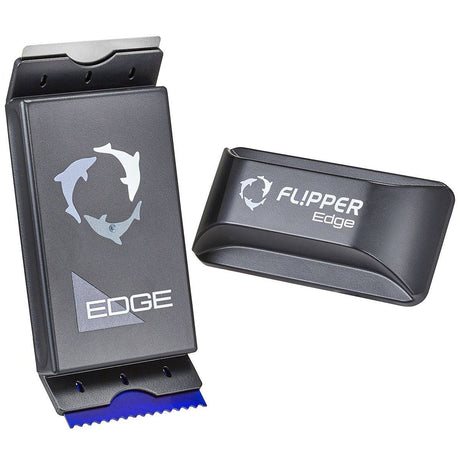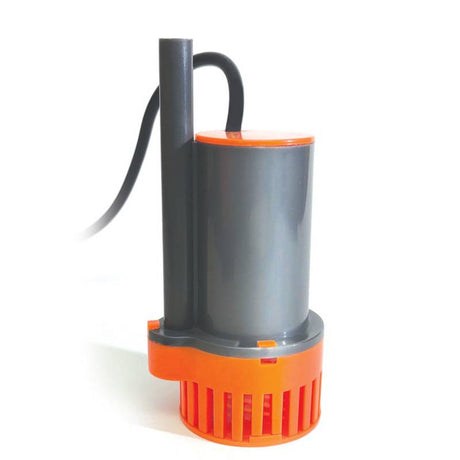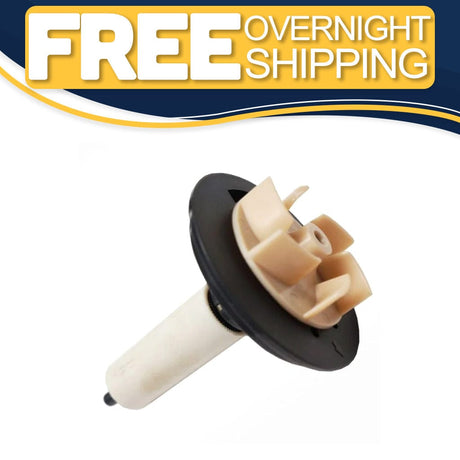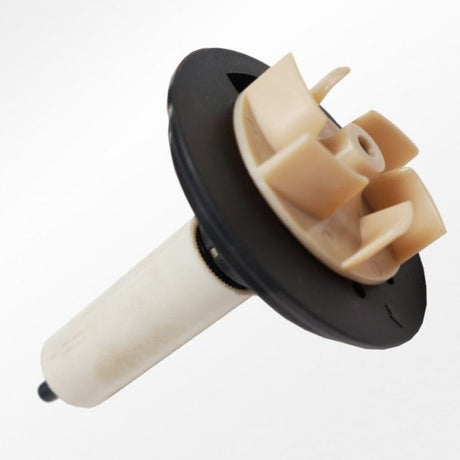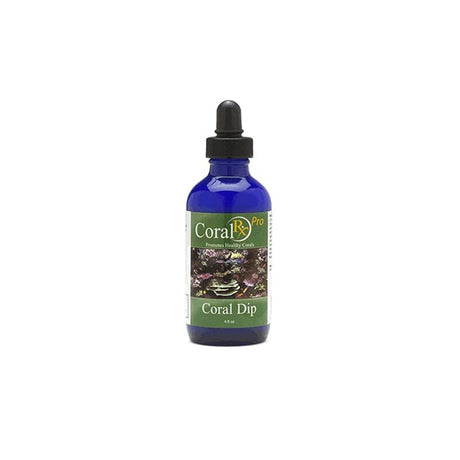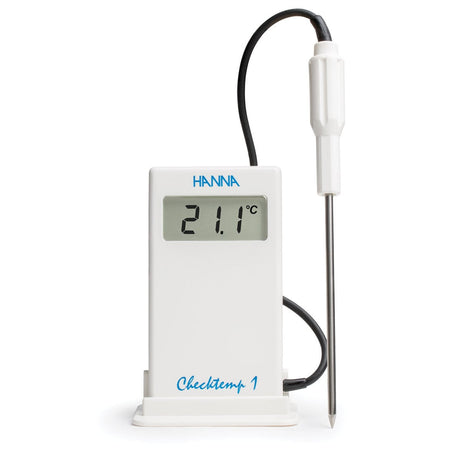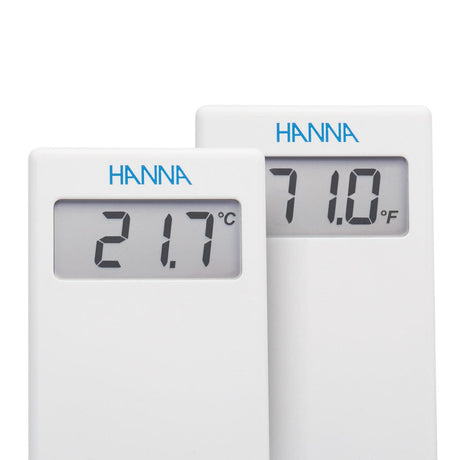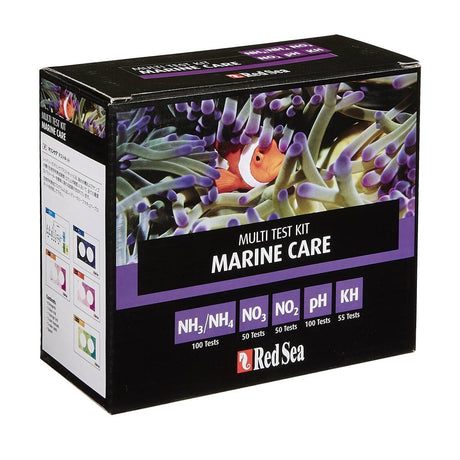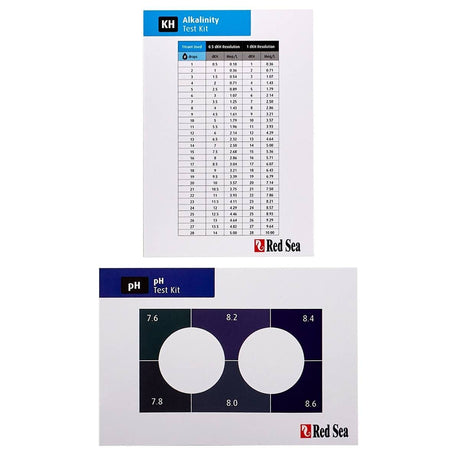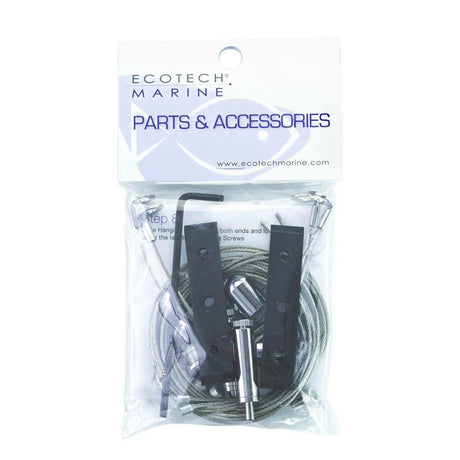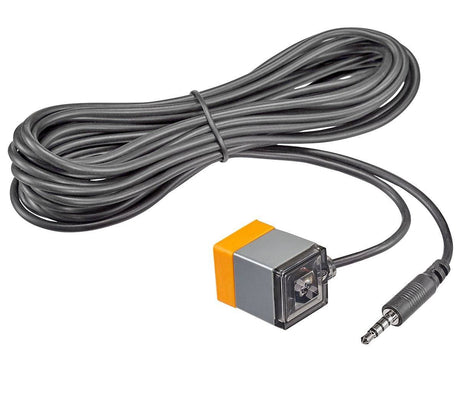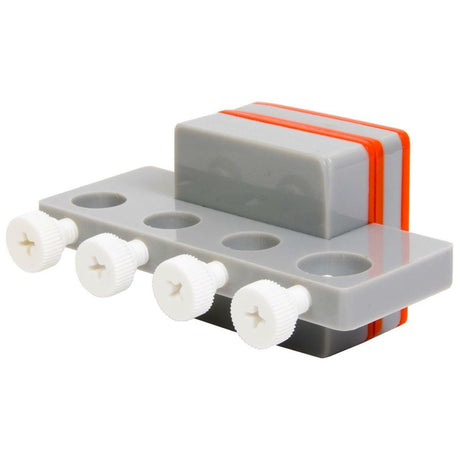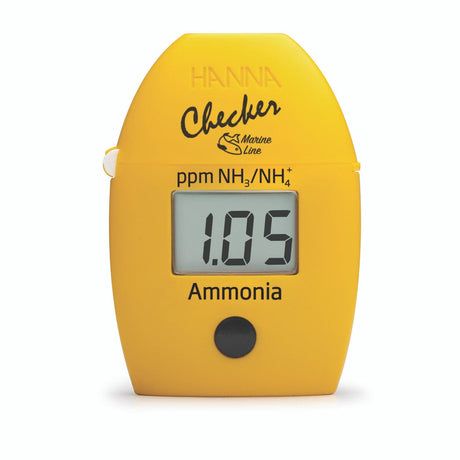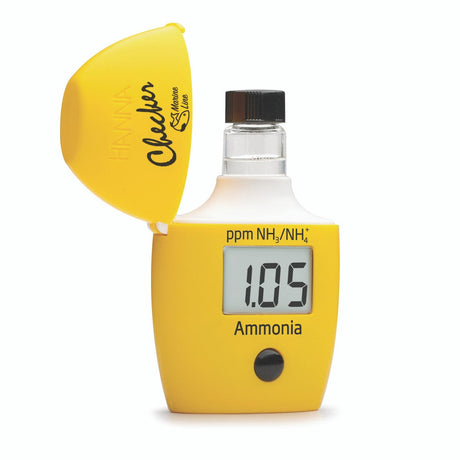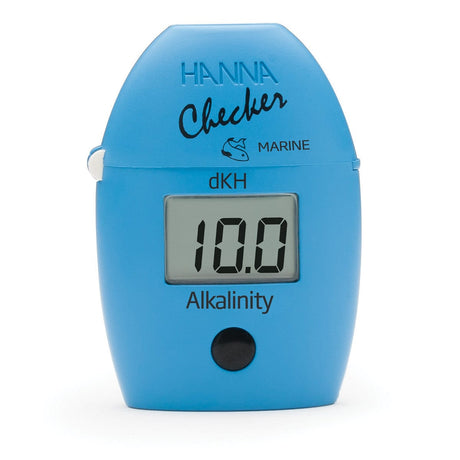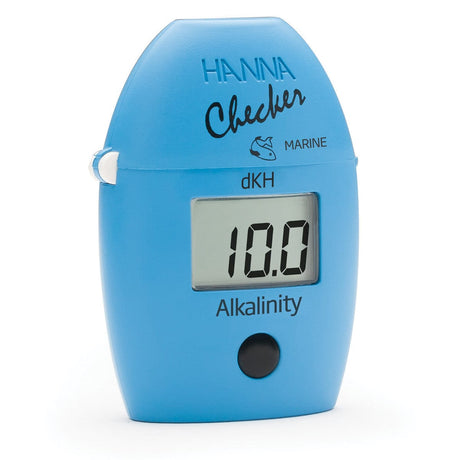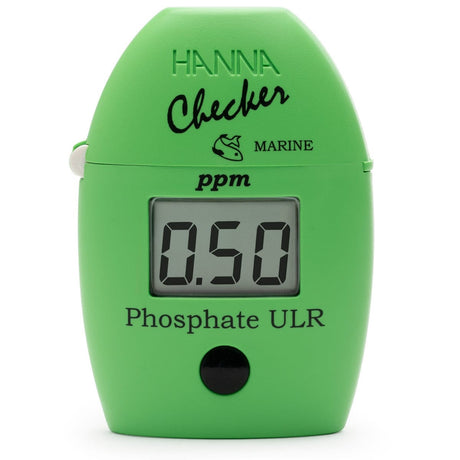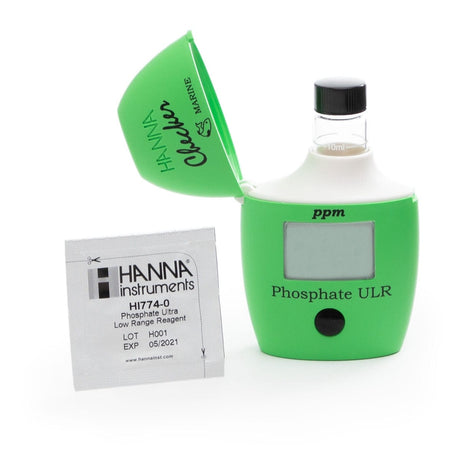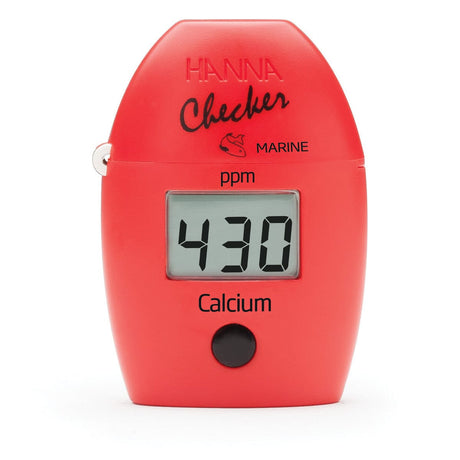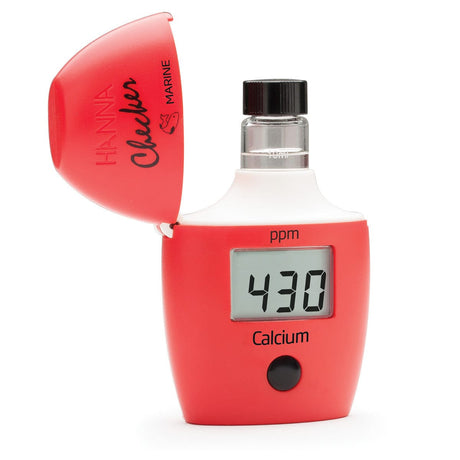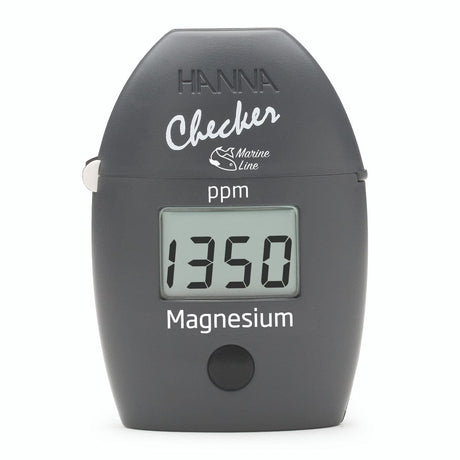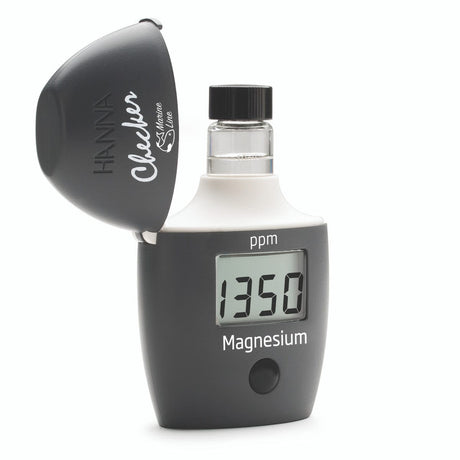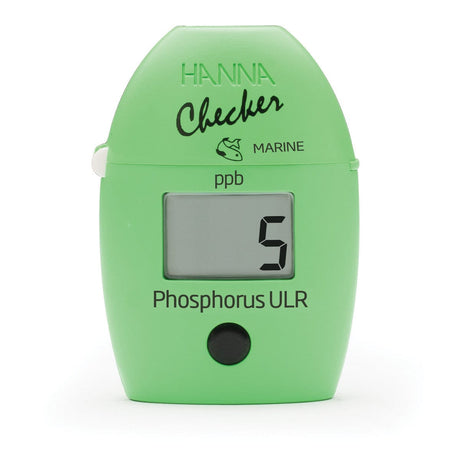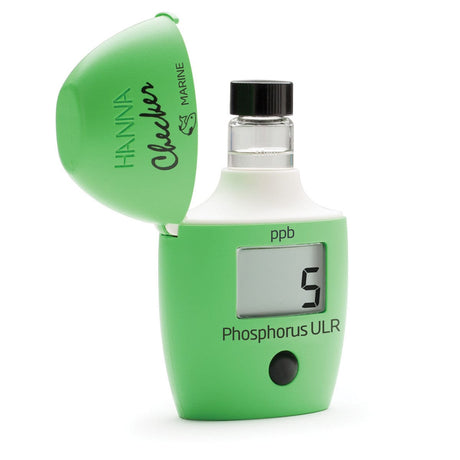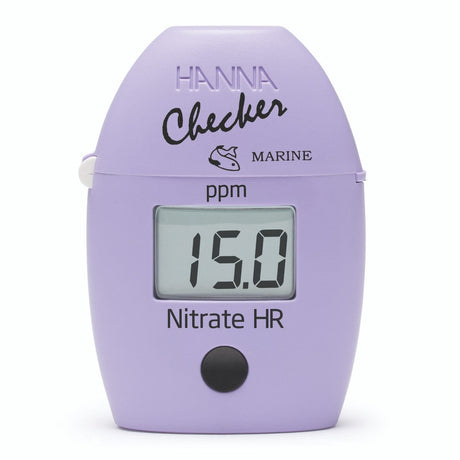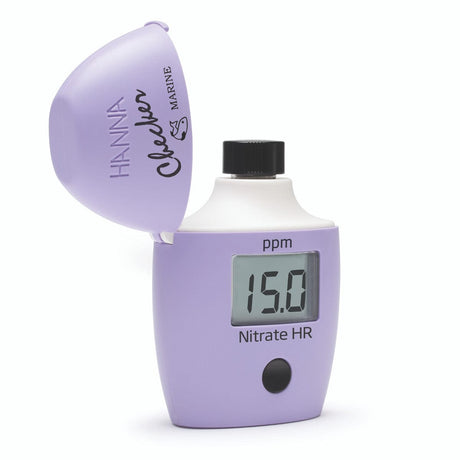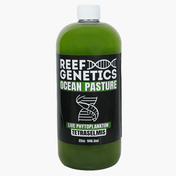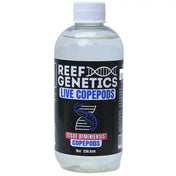Introduction to Blastomussa
Blastomussa corals, commonly referred to as Blastos, are a popular type of Large Polyp Stony (LPS) coral prized for their fleshy polyps and vibrant colors. These corals are available in two primary species, Blastomussa wellsi and Blastomussa merletti, which differ in polyp size and growth structure. Blastos come in a stunning range of hues, including reds, greens, oranges, and purples, often with contrasting centers that make them a striking addition to any reef tank.
Known for their adaptability and moderate care requirements, Blastomussa corals are an excellent choice for both beginner and experienced reef keepers. With their unique textures and bold colors, they add depth and visual interest to reef aquariums.
Natural Habitat and Origin
Blastomussa are native to the tropical waters of the Indo-Pacific, with populations found around Australia, Indonesia, and the Great Barrier Reef. They inhabit deeper reef zones and lagoon areas where light levels are lower, and water movement is gentle to moderate.
In their natural environment, Blastos attach to rocky substrates or settle on sandy lagoon floors, where their fleshy polyps can expand fully. These conditions help protect them from strong currents and intense light, allowing them to thrive in stable, nutrient-rich waters.
Water Chemistry
Blastomussa thrive in stable water conditions with slightly elevated nutrient levels, making them relatively forgiving compared to other LPS corals. Maintaining consistent parameters is essential for their health and vibrant coloration.
- Calcium: 400–450 ppm
- Alkalinity: 8–12 dKH
- Magnesium: 1250–1350 ppm
- Nitrates: 5–15 ppm
- Phosphates: <0.10 ppm
- Temperature: 76–80°F
- Salinity: 1.024–1.026
Blastos tolerate moderate nutrient levels but are sensitive to extreme fluctuations. Regular water changes and careful parameter monitoring will help them thrive and maintain their bold colors.
Lighting
Blastomussa corals thrive under low to moderate lighting conditions, with a PAR range of 50–150 being ideal. These corals are well-suited for shaded or lower-light areas of the tank, where they can expand fully and maintain their vibrant colors. Excessive light intensity can cause bleaching or tissue stress, so avoiding high-light zones is critical.
At Top Shelf Aquatics, we use advanced lighting systems such as Ecotech Marine Radions and T5 setups to replicate the soft lighting conditions Blastos experience in their natural habitats. Blue-spectrum lighting enhances their bold and contrasting colors, making them a standout feature in reef aquariums.
When introducing Blastomussa corals to your tank, acclimate them gradually to lighting changes. Start by placing them in a lower-light area and slowly increase exposure over 2–3 weeks to avoid stress or bleaching.
Water Flow
Blastomussa corals prefer low to moderate water flow, which allows their fleshy polyps to expand fully without being stressed by strong currents. Gentle water movement helps keep their surfaces free of debris while ensuring nutrient delivery and waste removal.
At Top Shelf Aquatics, we create ideal flow conditions for Blastos using advanced systems like Ecotech Marine MP pumps and Sicce pumps, calibrated to mimic the calm lagoon environments they naturally inhabit. These setups promote healthy polyp extension and vibrant coloration.
When placing these corals in your aquarium, avoid areas with high, direct flow that could cause tissue retraction or damage. Position them in spots with indirect, steady water movement for the best results.
What We Feed
Blastomussa corals rely on their symbiotic zooxanthellae for energy, but supplemental feeding can enhance their growth, coloration, and overall health. These corals are responsive feeders and benefit from occasional offerings of meaty and planktonic foods.
- Mysis shrimp
- Finely chopped seafood (scallops or squid)
- Products like Reef Roids and Benepets Coral Food
- Tisochrysis or other plankton-based supplements
Feeding is best done by target-feeding directly to the coral’s polyps using a pipette or baster. This should be performed 1–2 times per week, ideally in the evening or when the polyps are fully extended. Pausing water flow for 10–15 minutes allows the coral to capture and consume food effectively.
Coloration and Tank Maturity
Blastomussa corals are renowned for their vibrant colors, which include bold reds, greens, oranges, and purples, often with striking contrasts or gradients. Their coloration can be further enhanced under blue-spectrum lighting, which brings out their fluorescent tones and highlights their fleshy polyp structure.
Blastos are adaptable and can do well in both newer and mature reef systems, provided water parameters remain stable and lighting and flow conditions are appropriate. While they can thrive in newer tanks, mature systems with balanced nutrients and consistent conditions often support the best growth and coloration.
Common Challenges
While Blastomussa corals are relatively easy to care for, they can face certain challenges if tank conditions are not ideal:
- Tissue Recession: Poor water quality, inconsistent parameters, or overly strong flow can cause tissue loss. Regular testing and maintaining stable conditions help prevent this issue.
- Bleaching: Exposure to excessive light can lead to bleaching, where the coral loses its vibrant coloration. Keeping them in low to moderate light zones and gradually acclimating them to new lighting conditions prevents stress.
- Algae Growth: Detritus and algae can accumulate on the coral’s fleshy polyps if water flow is insufficient. Moderate, indirect flow ensures surfaces remain clean and healthy.
- Pest Interactions: Certain tank inhabitants, like aggressive crabs or fish, may nip at Blastos’ fleshy tissue, causing damage. Ensuring compatible tank mates is critical to preventing stress.
- Polyp Retraction: Poor water quality or sudden changes in environmental conditions may cause prolonged polyp retraction, impacting health and growth.
Acclimation Guide
Proper acclimation is essential for ensuring Blastomussa corals adjust smoothly to their new environment. Follow these steps to minimize stress and promote healthy growth:
- Temperature Acclimation: Float the sealed bag in your aquarium for 15–20 minutes to equalize the temperature.
- Drip Acclimation: Gradually mix tank water with the shipping water over 30–45 minutes using a drip line or small cup.
- Lighting Acclimation: Place the coral in a low-light area of the tank initially. Gradually increase its exposure to moderate lighting over 2–3 weeks to prevent bleaching or stress.
- Placement: Secure the coral to rockwork or a stable substrate in a location with low to moderate water flow.
At Top Shelf Aquatics, we take pride in ensuring your order arrives safely and in perfect condition. Here’s everything you need to know about our shipping process:
Livestock Shipping Details
- Flat Rate Shipping:
- $39.99 Out of State
- $34.99 Florida (In-State)
- Orders over $299 ship FREE!
- NO FREE Shipping during Sale Events
- Shipping Days: The calendar during checkout determines when your livestock order will arrive. Normally we ship Monday - Thursday via FedEx Priority Overnight.
Orders placed by 2 PM EST Monday - Thursday ship the same day. Orders placed after 2 PM or on Fridays will ship the next business day. - Delivery Times: Most packages arrive by 10:30 AM EST, though remote areas may experience later deliveries.
We take every measure to protect your livestock, including specialized packaging to maintain temperature and safety during transit.
Dead on Arrival (DOA) Policy
In the rare event of a DOA, you must submit a DOA Request within 2 hours of delivery (FedEx posted time). Once submitted, we will issue a replacement or store credit for the livestock. Please note:
- Shipping costs are not included in the credit.
- Refunds are not offered for livestock or shipping.
While we cannot be held responsible for delays caused by mechanical or weather issues, rest assured we’ll do everything possible to make it right!
Reef Guard Protection Plan
For ultimate peace of mind, upgrade to our Reef Guard Protection Plan. With Reef Guard, you’ll enjoy:
- Extended Livestock Guarantee: Coverage for up to 5 days.
- Priority Resolutions: Hassle-free claims with fast resolutions.
- Weather & Shipping Delay Coverage: Includes FedEx lost packages and damages.
Shipping Restrictions
- We currently ship livestock only within the continental U.S.
- Note: Due to Hawaii state law, we are unable to ship corals to Hawaii.
Now’s the perfect time to prepare your aquarium for its new additions. Consider doing a water change and ensuring space is ready. Check out our YouTube channel for detailed care instructions for your new corals!
For any questions or concerns, feel free to reach out to our support team. We’re here to help make your reefing journey a success!
How We Capture Stunning Coral Photos
Our Gear:
We rely on the EOS R1 Mirrorless Camera for its unmatched ability to produce high-resolution, true-to-life images. This advanced camera is designed to excel in challenging lighting conditions, like those found in reef aquariums, capturing even the most subtle details with exceptional precision. Its fast focusing system ensures every shot is sharp, even in dynamic environments.
Our lens of choice is the EF 100mm f/2.8L Macro IS USM, a professional-grade macro lens specifically designed for close-up photography. This lens excels at capturing fine details like polyp extensions and intricate coral textures while maintaining accurate color reproduction. Its 100mm focal length allows us to shoot at a comfortable distance without disturbing the coral, and the advanced Image Stabilization (IS) ensures consistently sharp results. This is particularly important when photographing under water flow, where steady hands make all the difference.
Lighting Settings:
To bring out the vibrant fluorescence and rich hues of our corals, we photograph them under Ecotech Marine Radion XR30 Blues with these precise settings:
- 100% Violet
- 100% UV
- 100% Deep Blue
- 50% Blue
We also apply a custom white balance to ensure the colors you see in the photos match the corals' natural appearance in a properly lit aquarium.
We take great care with our photography to make sure every coral looks as vibrant and true-to-life as it does in person, so you can easily picture it thriving in your own reef.
